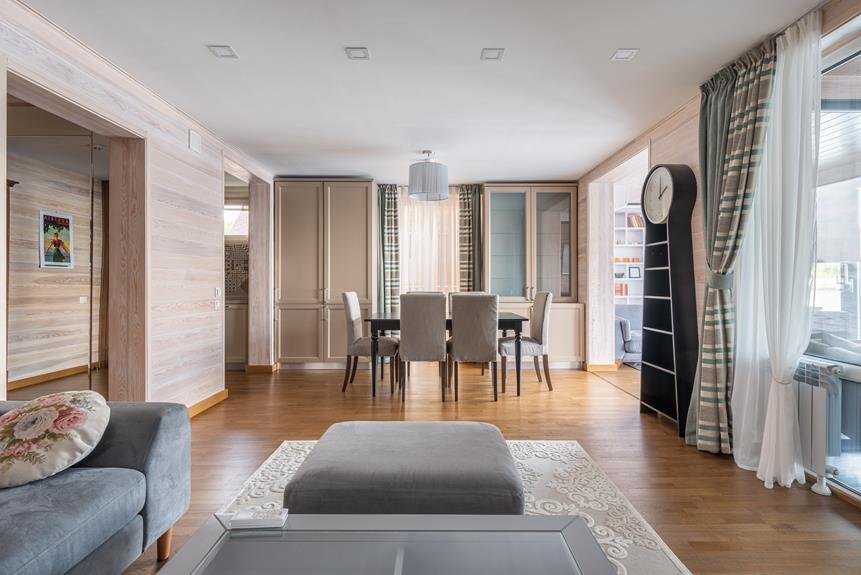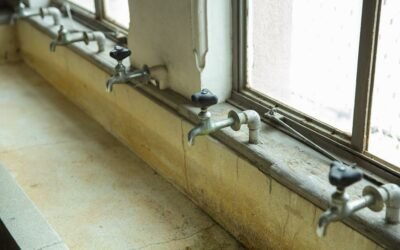Are you struggling to find the right air purifier for your space? Determining the coverage area is crucial in ensuring maximum effectiveness.
In this article, we will explore the importance of air purifier coverage area and provide you with the necessary factors to consider when making your decision.
You will also learn how to measure the size of your space and how to match the right air purifier to your coverage area.
Get ready to optimize your air purification system!
Key Takeaways
- Consider the coverage area when choosing an air purifier
- Choose an air purifier that matches the size of your room
- Clean Air Delivery Rate (CADR) measures the volume of clean air produced
- Match the purifier's capacity with the room's square footage
Importance of Air Purifier Coverage Area
When choosing an air purifier, it's important to consider the coverage area it can effectively clean. The coverage area refers to the size of the space that the air purifier can successfully filter and purify. This is a crucial factor to consider because if the air purifier's coverage area is too small for your room, it may not effectively remove all the pollutants and allergens present in the air.
To determine the appropriate air purifier coverage area for your space, you need to consider the square footage of the room. Most air purifiers come with a recommended coverage area specified by the manufacturer. This recommendation is based on the air purifier's fan power and filtration system. It's essential to choose an air purifier that matches the size of your room to ensure optimal performance.
Using an air purifier with a coverage area that's too small for your room can lead to insufficient air purification. On the other hand, using an air purifier with a coverage area that's too large may result in unnecessary energy consumption and higher costs. Therefore, it's crucial to select an air purifier that matches the size of your space to achieve the best air quality and energy efficiency.
Factors to Consider When Determining Coverage Area
To determine the coverage area of an air purifier, you should consider several factors. These factors play a crucial role in determining the effectiveness of the air purifier in cleaning the air within a given space.
The first factor to consider is the Clean Air Delivery Rate (CADR), which measures the volume of clean air produced by the purifier per unit of time. A higher CADR indicates a more efficient purifier that can cover a larger area.
Another important factor is the size of the room or space where the air purifier will be used. It's essential to match the purifier's capacity with the room's square footage to ensure optimal performance. The Association of Home Appliance Manufacturers (AHAM) recommends that the purifier's CADR should be at least two-thirds of the room's square footage for effective air cleaning.
Additionally, the presence of pollutants and allergens in the air should be considered. If the space has a high concentration of pollutants, such as smoke or pet dander, a higher CADR and more powerful purifier may be needed to effectively clean the air.
Lastly, the height of the ceiling should also be taken into account. Air purifiers are designed to clean the air at a certain height, and if the ceiling is too high, it may affect the purifier's overall coverage area.
How to Measure the Size of Your Space
To accurately measure the size of your space, you can use a tape measure or measuring tool. This will help you calculate the square footage, which is necessary for determining the appropriate air purifier coverage area. Here is a table that shows the steps you can follow to measure your space:
| Step | Measurement | Calculation |
|---|---|---|
| 1 | Length | Measure the longest dimension of your space, such as the length of a room or the width of a hallway. |
| 2 | Width | Measure the shortest dimension of your space, such as the width of a room or the length of a hallway. |
| 3 | Height | Measure the height of your space from the floor to the ceiling. |
| 4 | Calculation | Multiply the length by the width to get the square footage. If your space has multiple sections, measure each section separately and add the square footages together. |
Once you have determined the square footage of your space, you can refer to the air purifier manufacturer's guidelines to find the recommended coverage area. It is important to choose an air purifier that can adequately clean the air in your space to ensure maximum effectiveness.
Matching the Right Air Purifier to Your Coverage Area
Once you have determined the square footage of your space, you can match the right air purifier to your coverage area by considering the manufacturer's recommended guidelines. These guidelines are based on the air purifier's Clean Air Delivery Rate (CADR) and the square footage of the room. The CADR is a measure of how quickly the air purifier can filter the air in a room.
To match the right air purifier to your coverage area, start by checking the manufacturer's specifications for the CADR rating. This rating usually includes three numbers: one for smoke, one for pollen, and one for dust. The higher the CADR rating, the faster the air purifier can remove these particles from the air.
Next, determine the square footage of your room. Measure the length and width of the room, and then multiply these two numbers together to get the square footage. Once you have this information, look for an air purifier that has a CADR rating that matches or exceeds the square footage of your room.
It's important to note that the manufacturer's recommended guidelines are just a starting point. If you have allergies or asthma, you may want to choose an air purifier with a higher CADR rating to ensure better air quality. Additionally, if your room has high ceilings or is open to other areas, you may need to consider a larger air purifier or multiple units to effectively clean the air.
Tips for Maximizing Air Purifier Effectiveness
To maximize the effectiveness of your air purifier, follow these tips.
First, make sure to place the air purifier in the room where you spend the most time. This will ensure that you're breathing clean air for extended periods.
In addition, position the air purifier away from walls and furniture to allow for optimal airflow. This will prevent any obstruction and ensure that the air purifier can effectively circulate and filter the air in the room.
Next, keep doors and windows closed while the air purifier is in operation. This will prevent outdoor pollutants from entering the room and help the air purifier maintain clean air quality.
Additionally, regular maintenance is crucial to ensure the air purifier functions at its best. Clean or replace the filters as recommended by the manufacturer to avoid any build-up of dust and allergens.
Consider the size of the room when choosing an air purifier. If the room exceeds the recommended coverage area, the air purifier may not be able to effectively clean the air.
Lastly, keep in mind that air purifiers aren't a substitute for good ventilation. Opening windows from time to time will help to bring in fresh air and improve indoor air quality.
Conclusion
To maximize the effectiveness of your air purifier, it's crucial to consider the coverage area. By accurately measuring the size of your space and matching the right air purifier, you can ensure the removal of airborne pollutants.
Factors such as room layout and ceiling height should also be taken into account. Following these guidelines will help you make an informed decision and create a healthier environment for yourself and others.






0 Comments